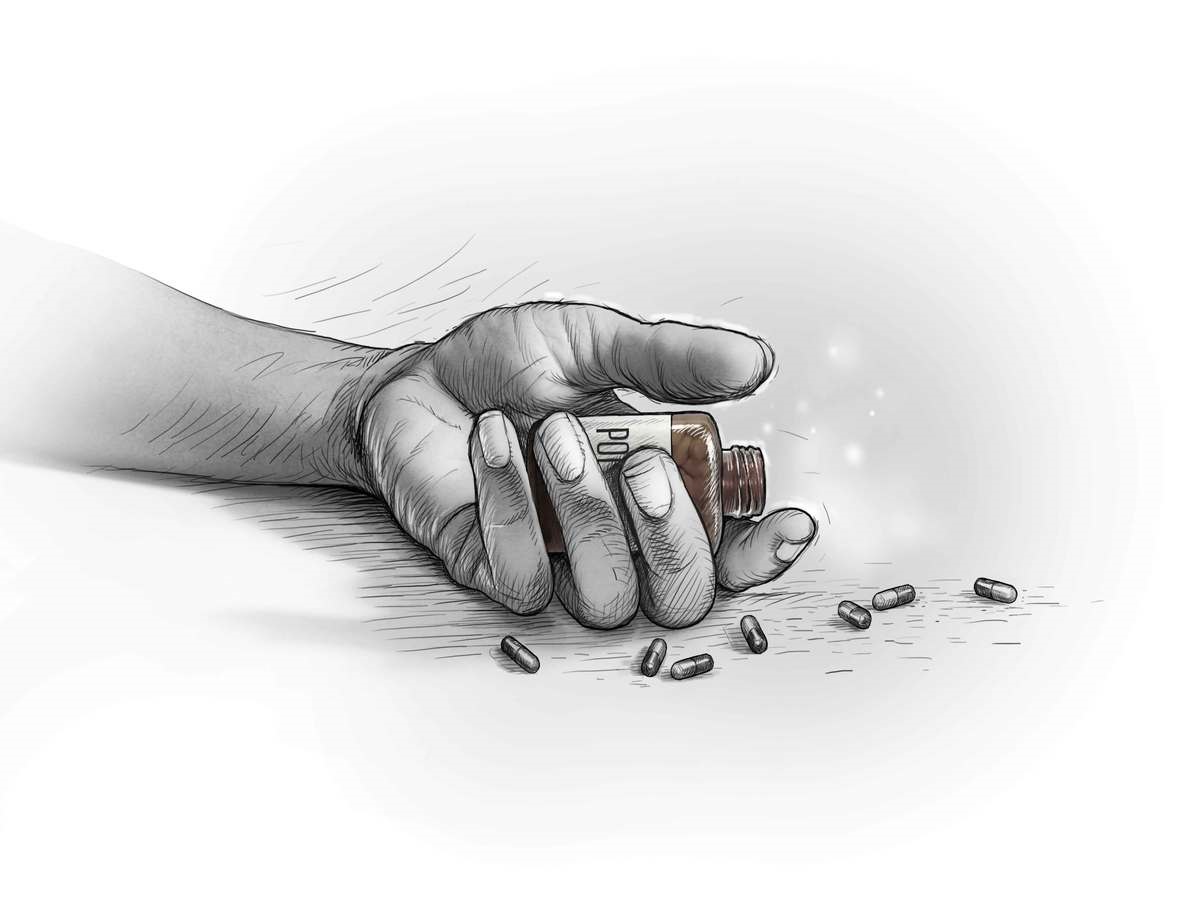8 common myths about suicide

Suicide is a growing public health crisis. According to the National Institute of Mental Health, it is the 10th-leading cause of death overall, with more than 47,000 suicides in 2019 in the U.S. It is the second-leading cause of death for people 10–34 and the fourth-leading cause of death for people 35–44.
Even though suicide is not predictable, it can be preventable by assessing social, cultural and environmental risk factors. Myths and misconceptions about mental health shape people’s beliefs and attitudes about suicide, which could be a major barrier to seeking help for themselves and their loved ones.
Here are 8 common myths about suicide:
Myth 1: Talking about suicide increases the chance a person will act on it.
Fact: Talking about suicide may reduce, rather than increase, suicidal ideation. It improves mental health-related outcomes and the likelihood that the person would seek treatment. Opening this conversation helps people find an alternative view of their existing circumstances. If someone is in crisis or depressed, asking if he or she is thinking about suicide can help, so don’t hesitate to start the conversation.
Myth 2: People who talk about suicide are just seeking attention.
Fact: People who die from suicide have often told someone about not wanting to live anymore or they do not see the future. It’s always important to take seriously anybody who talks about feeling suicidal. It’s important to be kind and sensitive, and ask direct questions such as: “Are you thinking about hurting yourself?” “Are you thinking about suicide?” or “Do you have access to weapons or things that can be used as weapons to harm yourself?”
Myth 3: Suicide can’t be prevented.
Fact: Suicide is preventable but unpredictable. Most people who contemplate suicide, often experience intense emotional pain, hopelessness and have a negative view of life or their futures. Suicide is a product of genes, mental health illnesses and environmental risk factors. Interventions targeted to treat psychiatric and substance use illnesses could save lives.
Myth 4: People who take their own lives are selfish, cowards or weak.
Fact: People do not die of suicide by choice. Often, people who die of suicide experience significant emotional pain and find it difficult to consider different views or see a way out of their situation. Even though the reasons behind suicide are quite complex, frequently suicide is associated with psychiatric illnesses, such as depression, anxiety, bipolar disorder, schizophrenia and substance use.
Myth 5: Teenagers and college students are the most at risk for suicide.
Fact: The suicide rate for this age group is below the national average, and suicide risk increases with age. The age group with the highest suicide rate in the U.S is men and women between 45 and 64. Though particular groups may be at higher risk, suicide is a problem among all ages and groups.
Myth 6: Barriers to bridges, safe firearm storage and other actions to reduce access to lethal methods of suicide don’t work.
Fact: Limiting access to lethal means, such as firearms, is one of the simplest strategies to decrease the chances of suicide. Many suicide attempts are a result of impulsive decisions. Therefore, separating someone from a lethal means could provide a person some time to think before doing harm to themselves.
Myth 7: Suicide always occurs without warning.
Fact: There are almost always warning signs before a suicide attempt.
Here are a few common signs:
- Talking about suicide — making statements such as “I’m going to kill myself,” “I wish I were dead” or “I wish I hadn’t been born.”
- Getting the means to take your own life, such as buying a gun or stockpiling pills.
- Withdrawing from social contact and wanting to be left alone.
- Having mood swings, such as being emotionally high one day and deeply discouraged the next.
- Being preoccupied with death, dying or violence.
- Feeling trapped or hopeless about a situation.
- Increasing use of alcohol or drugs.
- Changing normal routine, including eating or sleeping patterns.
- Doing risky or self-destructive things, such as using drugs or driving recklessly.
- Giving away belongings or getting affairs in order when there is no other logical explanation for doing this.
- Saying goodbye to people as if they won’t be seen again.
- Developing personality changes or being severely anxious or agitated, particularly when experiencing some of the warning signs listed above.
Myth 8: Talk therapy and medications don’t work.
Fact: Treatment can and does work. One of the best ways to prevent suicide is by getting treatment for mental illnesses, such as depression, bipolar illness or substance abuse, and learning ways to cope with problems. Finding the best treatment can take some time, and the right treatment can greatly reduce the risk of suicide.
If a friend or loved one talks or behaves in a way that makes you believe he or she might attempt suicide, don’t try to handle the situation alone. Get help from a trained professional as quickly as possible.









